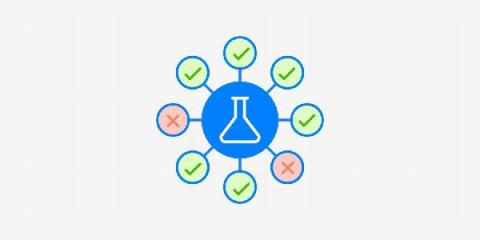Interview with Cybersecurity Specialist Charles Denyer
For our latest specialist interview in our series speaking to technology leaders from around the world, we’ve welcomed Charles Denyer. Charles is an Austin-based cybersecurity and national security expert who has worked with hundreds of US and international organizations. He is a founding member and senior partner in two consulting and compliance firms.










